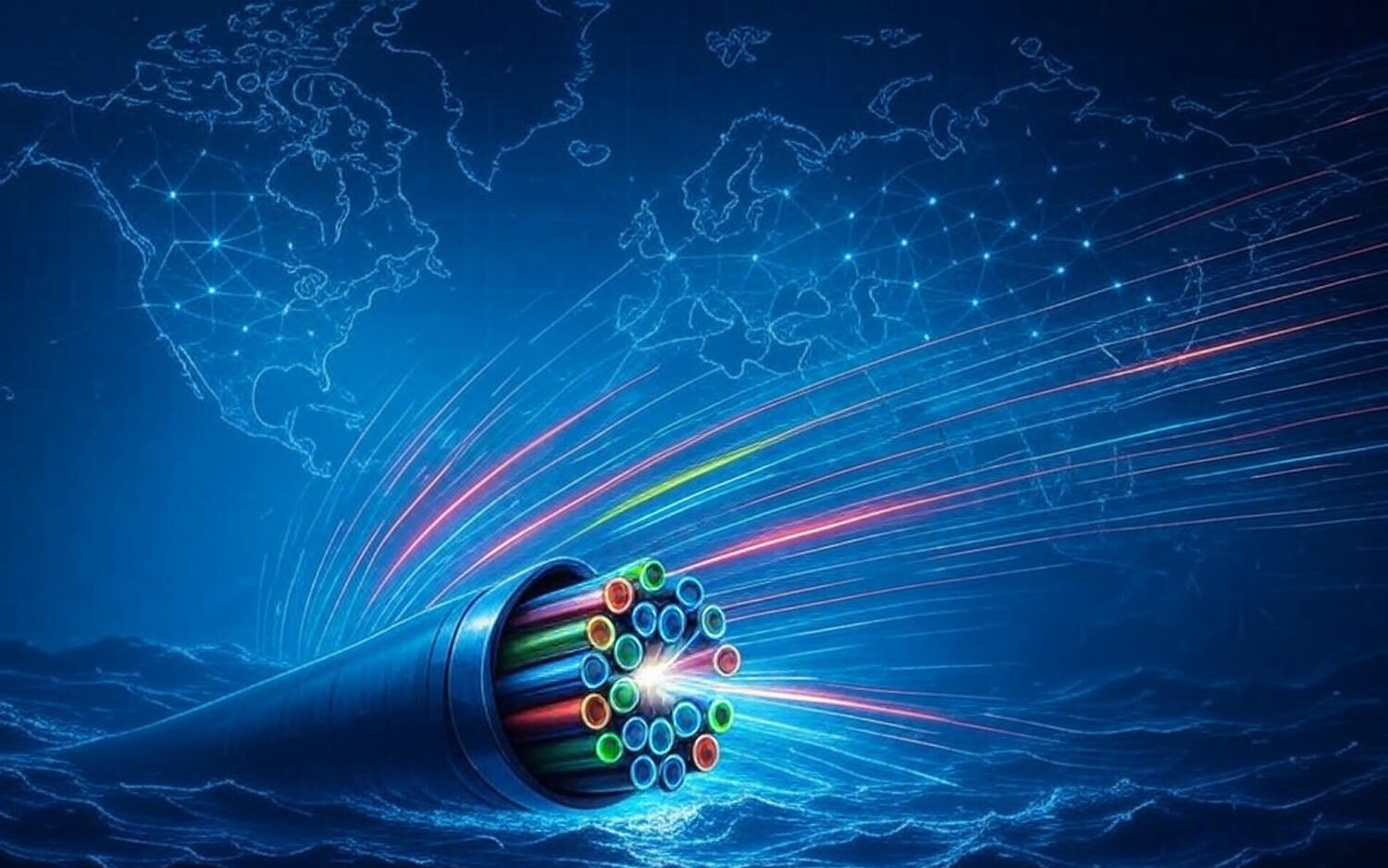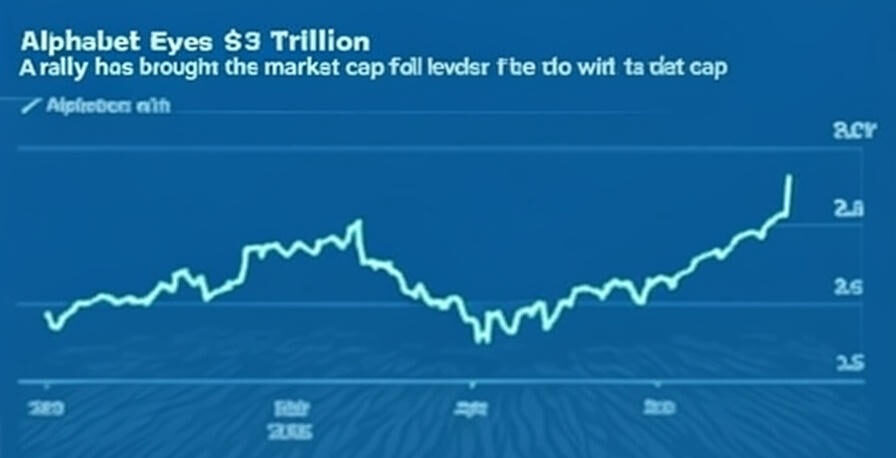
In July 2025, Japan launched the world into a new age of digital connection by reaching an incredible internet speed of 1. 0.2 petabits per second (Pbps).
Orchestrated by the National Institute of Information and Communications Technology (NICT), alongside Sumitomo Electric and international collaborators, this record was unveiled at the 48th Optical Fiber Communication Conference in San Francisco. Eclipsing the prior benchmark of 402 terabits per second, this feat reaffirms Japan’s vanguard role in telecommunications innovation and signals a transformative future for global networks.
Unprecedented Velocity Unleashed

The 1.02 Pbps speed—equivalent to moving 125,000 gigabytes in a single second—could transfer entire digital libraries, from vast streaming archives to comprehensive global datasets, in the blink of an eye. To illustrate, this velocity surpasses the average U.S. The broadband speed is 289 Mbps as of May 2025, which is 3. 5 million times faster than the average. This speed is also 16 million times higher than India’s average of 63. 55 Mbps.
Remarkably, the data traversed 1,808 kilometers, akin to linking Osaka with Hong Kong or Chicago with Houston, proving both speed and endurance.
This milestone was powered by a revolutionary 19-core optical fiber cable, ingeniously designed to fit within the standard 0.125-millimeter diameter of existing systems. By incorporating 19 distinct data pathways, the cable maximizes throughput while maintaining signal integrity through consistent light propagation. The setup relied on advanced transceivers and 21 amplification stages across 19 loops of an 86.1-kilometer fiber, showcasing engineering precision poised to redefine connectivity standards.
A Catalyst for Global Innovation
As digital demands escalate—fueled by artificial intelligence, 6G networks, and immersive technologies—this breakthrough arrives at a critical juncture. It matches the rapid growth expected by Nielsen’s Law, which shows that top internet speeds increase by 50% each year.
Japan’s achievement lays the groundwork for seamless integration of data-heavy applications, from real-time global AI collaborations to autonomous transport systems and smart urban ecosystems. Its compatibility with current infrastructure minimizes deployment barriers, promising a scalable path to next-generation networks.
The potential impact spans continents, enhancing everything from transoceanic cables to regional broadband systems. While still in experimental stages and pending independent validation, this technology could soon underpin a hyper-connected world, enabling instantaneous data exchange for industries like healthcare, finance, and education. Japan’s creative ideas provide a model for handling the growing data needs of the future digital world.
A Legacy of Digital Pioneering

Japan’s success in reaching this point is based on many years of leading in technology. In 1984, Jun Murai created the Japan University NETwork, or JUNET, which marked the beginning of Japan’s path into the internet.Then, in 1988, the Widely Integrated Distributed Environment, or WIDE, came along and made a big change.In 1999, NTT DoCoMo started offering i-mode, which changed how people use mobile services. Then, in 2001, Japan introduced Fiber to the Home, making it a leader in high–speed internet.
Charting the Digital Horizon
Japan’s 1.02 Pbps record is not merely a technical victory but a bold vision for a world where data knows no bounds. As the nation continues to innovate, this achievement could reshape global communication, fostering a future where connectivity is instantaneous and limitless. For the latest insights, refer to authoritative sources like Live Science and CNET, which reported on this milestone from July 10 to July 23, 2025. Japan’s triumph invites us to envision a digital frontier where possibilities are as vast as the data itself.







It’s easy to get carried away with slots, so pacing yourself is key! Seeing platforms like VIPPH focus on a ‘VIP experience’ & secure logins is reassuring. Definitely check out vipph slot games if you’re looking for something new – responsible gaming first, though!